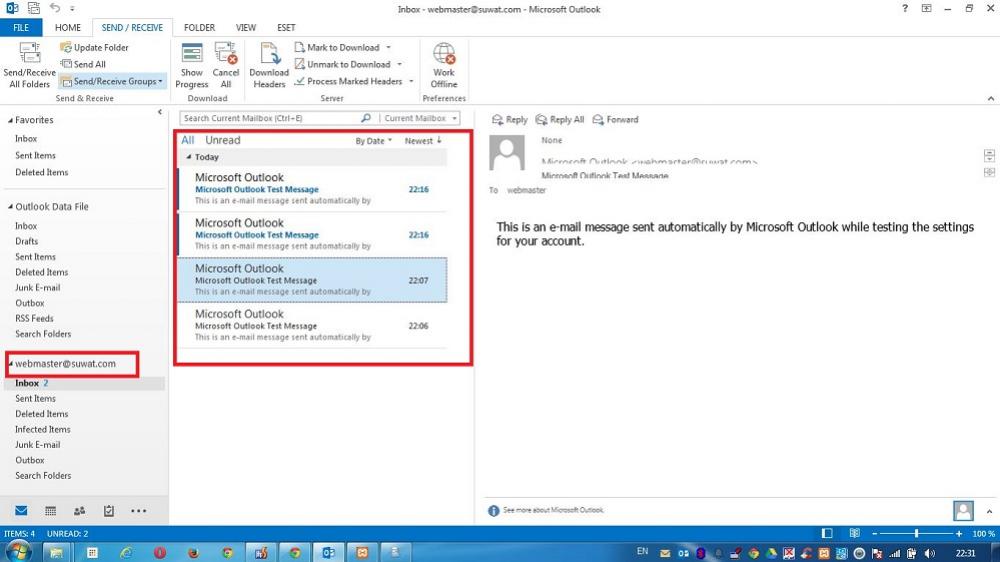

- #URL ENCODE FOR EMAIL MOVIE#
- #URL ENCODE FOR EMAIL WINDOWS#
Split lines into chunks: The encoded data will become a continuous text without any whitespaces, so check this option if you want to break it up into multiple lines. Use this option if you want to encode multiple independent data entries separated with line breaks. Encode each line separately: Even newline characters are converted to their Base64 encoded forms. For the files section, this is partially irrelevant since files already contain the corresponding separators, but you can define which one to use for the "encode each line separately" and "split lines into chunks" functions. #URL ENCODE FOR EMAIL WINDOWS#
Newline separator: Unix and Windows systems use different line break characters, so prior to encoding either variant will be replaced within your data by the selected option. As for files, the binary option is the default, which will omit any conversion this option is required for everything except plain text documents. Note that in case of text data, the encoding scheme does not contain the character set, so you may have to specify the appropriate set during the decoding process. Change this option if you want to convert the data to another character set before encoding. Character set: Our website uses the UTF-8 character set, so your input data is transmitted in that format. Base64 is used commonly in a number of applications including email via MIME, as well as storing complex data in XML or JSON. This encoding helps to ensure that the data remains intact without modification during transport. Base64 encode your data without hassles or decode it into a human-readable format.īase64 encoding schemes are commonly used when there is a need to encode binary data, especially when that data needs to be stored and transferred over media that are designed to deal with text. #URL ENCODE FOR EMAIL MOVIE#
The MIME data type encoded this way is x-While sent in HTTP GET request, x-Popular SEO Tools 100% Free Article Rewriter Plagiarism Checker Backlink Maker Meta Tag Generator Meta Tags Analyzer Keyword Position Checker Robots.Bonus tip: Bookmark us! Other tools URL Decode URL Encode JSON Minify JSON Beautify JS Minify JS Beautify CSS Minify CSS Beautify Partner sites Number System Converter TV Show and Movie Ratings Secure Group Chat About Meet Base64 Decode and Encode, a simple online tool that does exactly what it says: decodes from Base64 encoding as well as encodes into it quickly and easily.

The encoding utilized by default is specifically based on an early version of the general URI percent-encoding guidelines, with some modifications, for example, newline normalization and changing spaces with "+" rather than "%20". While data that has been entered in HTML forms are submitted, the form field values and names are encoded and transfer to the server in an HTTP request message utilizing the POST or GET method, or, historically, by email. As such it is also used in the preparation of data of the "application/x-www-form-urlencoded" media type, as is often used in the submission of HTML form data in HTTP requests. Although it is known as URL encoding it is, in fact, used more generally within the main Uniform Resource Identifier (URI) set, which includes both Uniform Resource Locator (URL) and Uniform Resource Name (URN). URL encoding, also known as Percent-encoding, is a mechanism for encoding information in a Uniform Resource Identifier (URI) under certain circumstances. It is normally used when the browser sends form data to a web server. URL Encoding is used when placing text in a query string to avoid it being confused with the URL itself. This web page encodes or decodes a string using URL Encoding.
 For example, the string: François, would be encoded as Fran%C3%A7ois. Convert each byte that is not an ASCII letter or digit to %HH, where HH is the hexadecimal value of the byte. Convert the character string into a sequence of bytes using the UTF-8 encoding. To map the wide range of characters used worldwide into the 60 or so allowed characters in a URI, a two-step process is used: For worldwide interoperability, URIs have to be encoded uniformly. Use the online tool from above to either encode or decode a string of text.
For example, the string: François, would be encoded as Fran%C3%A7ois. Convert each byte that is not an ASCII letter or digit to %HH, where HH is the hexadecimal value of the byte. Convert the character string into a sequence of bytes using the UTF-8 encoding. To map the wide range of characters used worldwide into the 60 or so allowed characters in a URI, a two-step process is used: For worldwide interoperability, URIs have to be encoded uniformly. Use the online tool from above to either encode or decode a string of text.







 0 kommentar(er)
0 kommentar(er)
